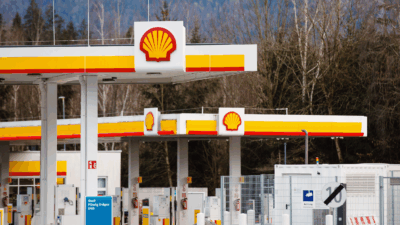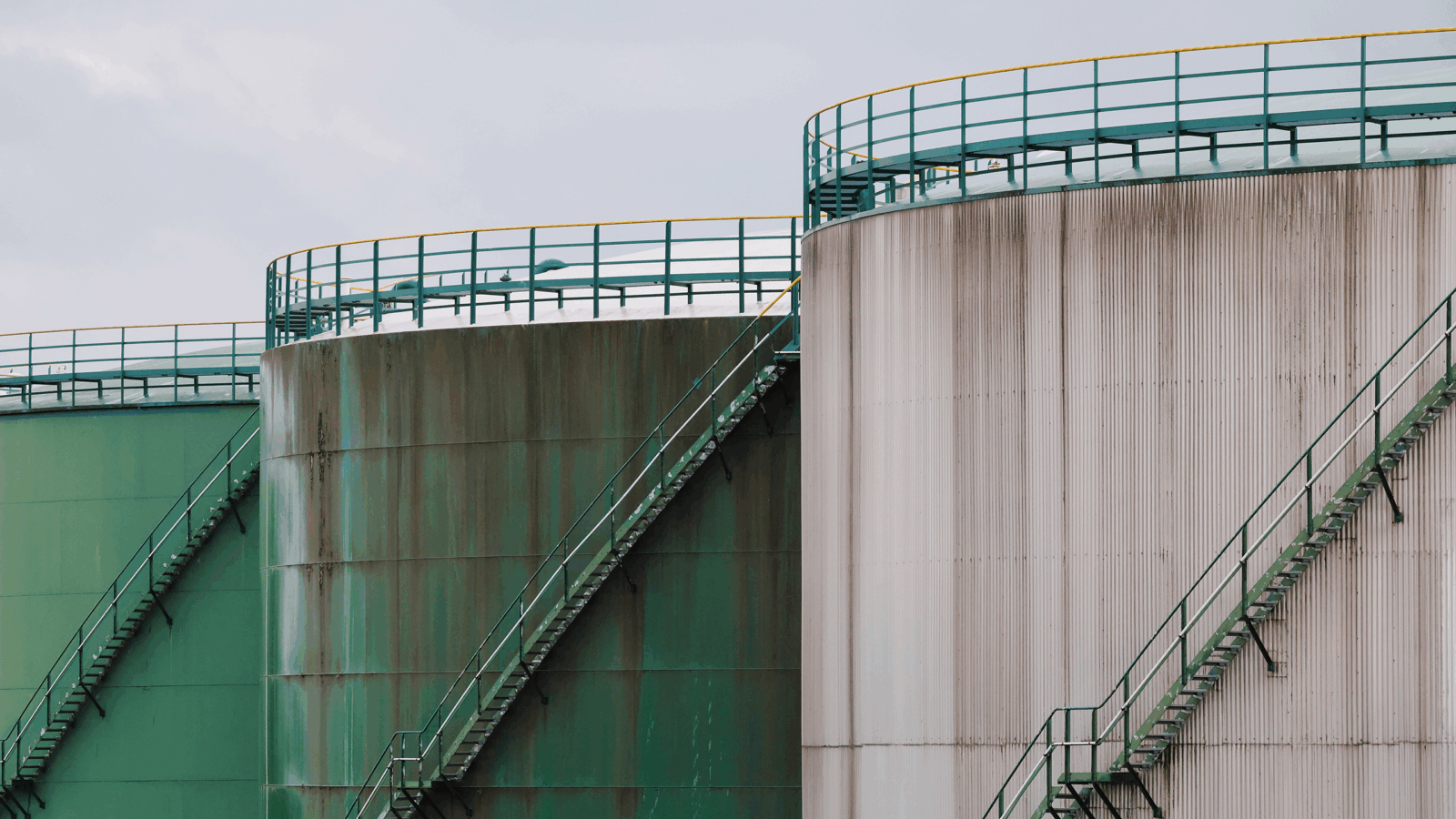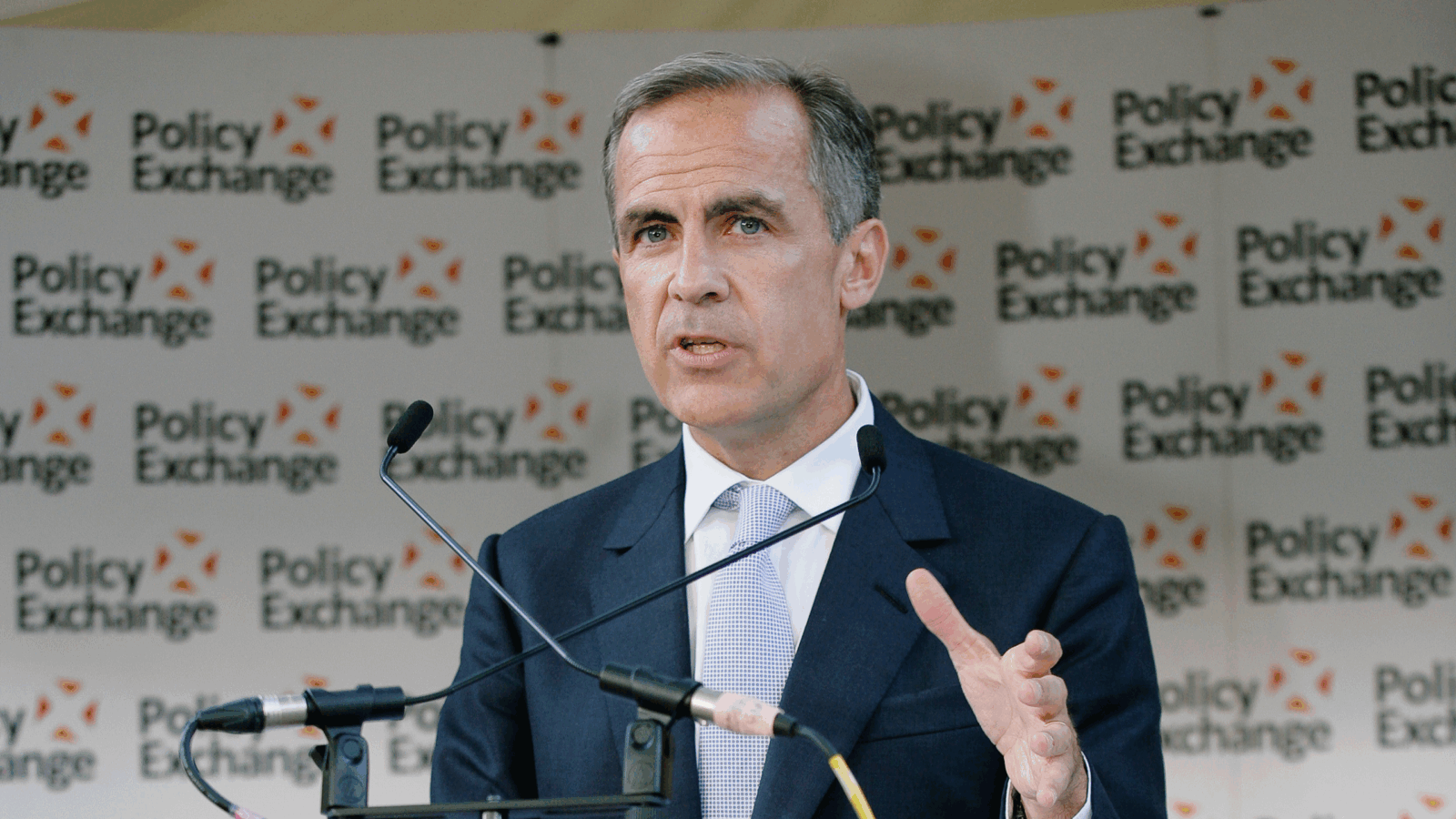Chevron and BP Hone Core Focus Amid Promising Oil Future
Oil giants Chevron and BP made moves to refine their business, drilling down on core segments that crude demand assures will be worth it.

Sign up for smart news, insights, and analysis on the biggest financial stories of the day.
Monday saw oil giants Chevron and BP make moves to refine their business, drilling down on core segments that crude demand assures will be gushing with wealth.
Chevron announced it will bank $6.5 billion from the sale of high-cost oil sands assets so it can focus on the more profitable US Permian Basin. Meanwhile, BP is treating earlier goals like a misbegotten New Year’s resolution: It’s dumping its target to cut oil and gas output and chasing higher returns instead.
In the Mood for Crude
Global instability has been a friend to oil prices of late: On Monday, Brent rose to $80 a barrel, its highest point since August, while US benchmark West Texas Intermediate crude climbed more than 3% to about $77 a barrel. “The angst is building,” Rebecca Babin, a senior energy trader at CIBC Private Wealth Group, told Bloomberg.
The first half of 2024, meanwhile, was defined by a wave of megamergers among US oil and gas producers — M&A activity driven by the fact that firms are flush with cash in the wake of Russia’s invasion of Ukraine and crude demand is poised to remain strong for years to come. But as Monday’s news showed, it’s not just strategic mergers that will drive Big Oil’s profit-hunting:
- In Chevron’s case, strategic divestment makes sense: By selling its 20% stake in the Athabasca Oil Sands and a 70% interest in the Duvernay shale to Canadian Natural Resources, it will net $6.5 billion in cash. That’s a huge step forward in its plan to offload $10 billion to $15 billion in assets by 2028 so it can focus on the Permian Basin and Kazakhstan (Chevron is also finalizing a $53 billion megamerger to acquire Hess).
- UK oil giant BP, which has been slammed for missing profit forecasts, is abandoning a plan to cut oil and gas output 25% by 2030 — a goal that was already scaled back from 40% last year — sources told Reuters. The news agency reported that BP is seeking out new oil and gas investments in the Middle East and the Gulf of Mexico to maximize its profitability over previous environmental pledges.
Dollars in Quicksand: Canada’s energy industry saw its own surge in acquisitions late last year, which Chevron’s deal now contributes to. For the US giant, getting out of Canada is a question of margins: Operating costs in oil sands are much higher than other methods of oil extraction, with the current breakeven Brent price for a barrel of oil sands at $57, compared to North American shale at $45.











